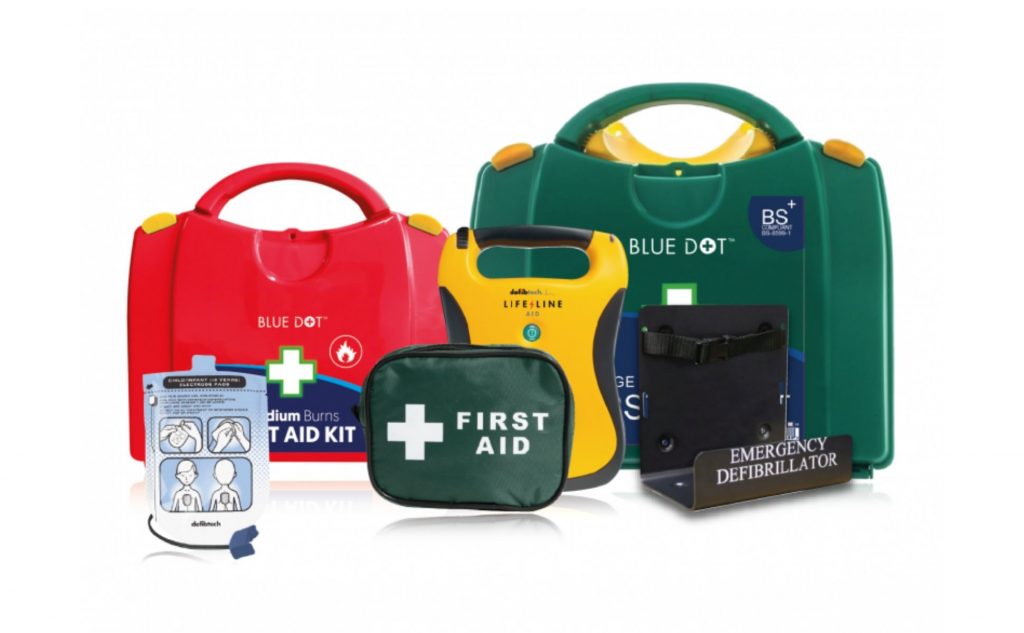It’s a common misconception that heart attacks and cardiac arrest are conditions that only affect older adults.
The reality is that people of all ages, including children, are at risk. Thankfully, such complications among children are rare. Nevertheless, the Resuscitation Council reports that out-of-hospital cardiac arrest (OHCA) affects between 11 and 72 per 100,000 infants each year. Causes are commonly attributed to Sudden Infant Death Syndrome (SIDS).
Cardiac arrest in children typically occurs during or following sporting activity. Access to a defibrillator at school can prove to be life-saving during such an event.
The difference between a heart attack and cardiac arrest
Another frequent misunderstanding is that the terms ‘heart attack’ and ‘cardiac arrest’ are interchangeable. While a heart attack can lead to a cardiac arrest, they are two completely different things.
Firstly, a heart attack is defined by when one of the coronary arteries becomes blocked. When this happens, the heart muscle is starved of its blood supply and, if untreated, will begin to die due to a lack of oxygen.
Unlike a heart attack, cardiac arrest is when a person’s heart stops beating. Blood is no longer being pumped around the body and the individual will no longer be breathing normally.
When to use a defibrillator
AEDs (automated external defibrillators) are used in the event of cardiac arrest. You don’t need to be trained to use one and the machine will deliver clear voice or visual instructions that detail each step.
It’s important to remember that defibrillators cannot inflict harm on a casualty as it will analyse their heart pattern before an electric shock can be administered.
They can be used on adults and children over one-year-old.
Fully-automatic and semi-automatic

You may be wondering which of these two defibrillator variants you should source. In actual fact, neither is more effective at saving a life than the other, but there are some things to consider.
Both configurations will assess the heartbeat of the casualty and, crucially, neither will produce an electric shock if it fails to detect the patterns associated with cardiac arrest. If however a cardiac arrest is diagnosed, a countdown will begin to the moment when a shock should be administered.
Once the countdown is complete, semi-automated defibrillators then require the user to press a button manually in order to deliver the electric shock. A fully-automatic defibrillator will instead administer the shock itself. This can be useful if the AED is being operated by an untrained member of the public who may hesitate when the moment comes to press the button. Delivering an electric shock to someone is ultimately a very unnatural thing to do.
Another thing to keep in mind is that neither configuration is able to detect whether other people are touching the body of the casualty. While an automatic defibrillator will sound a warning for those to clear, a semi-automatic device puts the control into the hand of the operator who can be sure that it is safe to activate.



